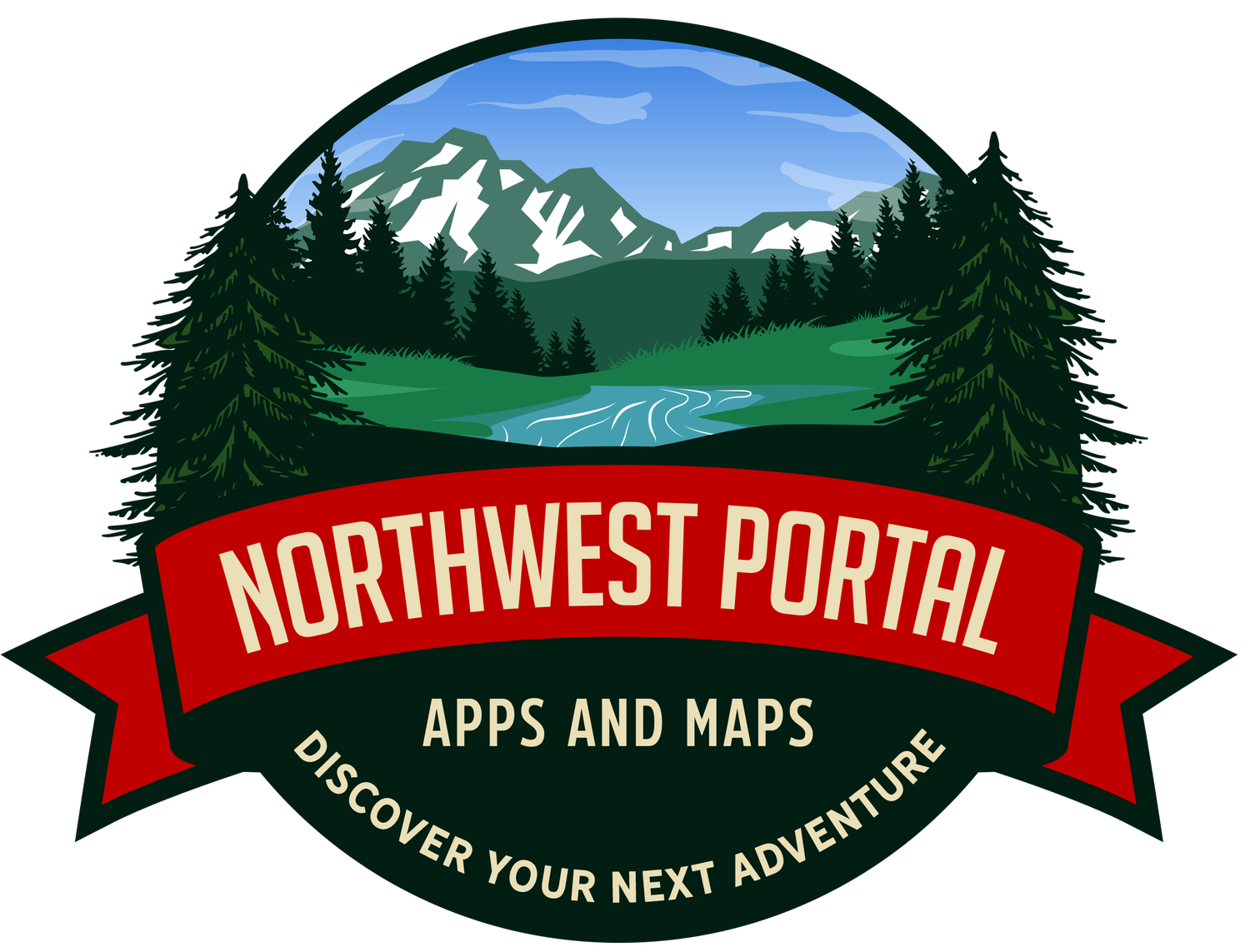Discover Four Great Washington Waterfalls in Four Climate Areas
Two of the things that make Washington amazing are stunning waterfalls and the variety of climate zones. You can find waterfalls in the coastal rain forests of the Olympic Peninsula, the temperate forests of the Seattle area, the sub-alpine and alpine landscapes of Mt. Rainier National Park, and the arid shrub steppe of Central and Eastern Washington. Here are four of our favorites.
Sol Duc Falls. Photo credit: Steven Sobel
Rain Forest:
The Olympic Peninsula is home to four rain forests, including the Hoh Rain Forest, which is a world heritage site. Precipitation in the park can get as high as 260 inches per year on Mount Olympus and 144 inches per year in the Hoh Rain Forest. One of the most popular waterfalls in Olympic National Park is Sol Duc Falls, which cascades 48 feet down a narrow rocky canyon. The trail to the falls is less than a mile, starting at the Sol Duc Hot Springs Resort. If you want to spend the night, you can stay at the resort, which offers rooms and outdoor mineral hot springs, or if you prefer to camp, consider the Sol Duc Campground.
Sol Duc Falls Trail. Photo credit: Alfred Jennett
Moist Temperate Coniferous Forest:
A 30 minute drive from Seattle, you can find the 270-foot Snoqualmie Falls that cascade over a granite cliff. The Snoqualmie Tribe considers the falls to be the birthplace of their people and a sacred site. This is one of the easiest waterfalls to visit, both because of its proximity to Seattle and because it has two large parking areas and multiple viewing areas. If you want to have a bite or spend the night, the historic Salish Lodge sits just above the waterfall.
Snoqualmie Falls. Photo credit: Marina Poushkin
Snoqualmie Falls and the Salish Lodge. Photo credit: Dave Hoefler
Sub-Alpine Zone:
Myrtle Falls, a 60-foot high braided waterfall cascades into a deep gorge in Mt. Rainier National Park, is one of the most photographed spots in the park. It is just 0.4 miles from the Paradise Inn along a paved trail to Edith Creek. For a better view of the waterfall, take the steep staircase to the best viewing spot of the falls. Mt Rainier National Park is home to many great waterfalls; check out the park web page for details. Paradise Inn offers both food and lodging. Be prepared for crowds and time your visit for mid-week as Mt. Rainier National Park can be very crowded in the summer.
Photo credit: Shelby Lee
Shrub Steppe:
Even on the dry side of the state, you can find amazing waterfalls. One of the best falls in Eastern Washington can be found in Palouse Falls State Park, an area that gets just over 20 inches of precipitation a year. This waterfall that was carved out more than 13,000 years ago in the Ice Age floods, drops 200 feet into a churning bowl. There are three viewing areas: a lower viewpoint with a direct view of the falls, a middle point that is at the end of a short interpretive trail, and the Fryxell Overlook that offers panoramic views of the fall and Palouse River Canyon. Expect waits to enter the park on summer weekends. This park is in a very remote area with no cell reception, so come prepared and make sure to get our Outdoors NW app for Apple and Android and download the region before you go so you have offline navigation. If you want a bite to eat or a place to say while in the area, consider basing your trip in Walla Walla, one of the top wine areas in the state. This small town has over 100 places to taste wine, beer, and cider plus great hotels and dining options. They are one of our partner communities, so you can use the filters on our web maps and apps to find the perfect place to sip, stay, or dine.
Palouse Falls. Photo credit: Svetlana 57
Passes: Olympic National Park and Mt Rainier National Park both require the National Park Pass or a fee ($30 for seven days). Palouse Falls State Park requires a Discover Pass ($30 for a year or $10 for a day) and has a kiosk at the park where you can pay. Parking is free at the upper lot at Snoqualmie Falls and $7 for the lower lot.
